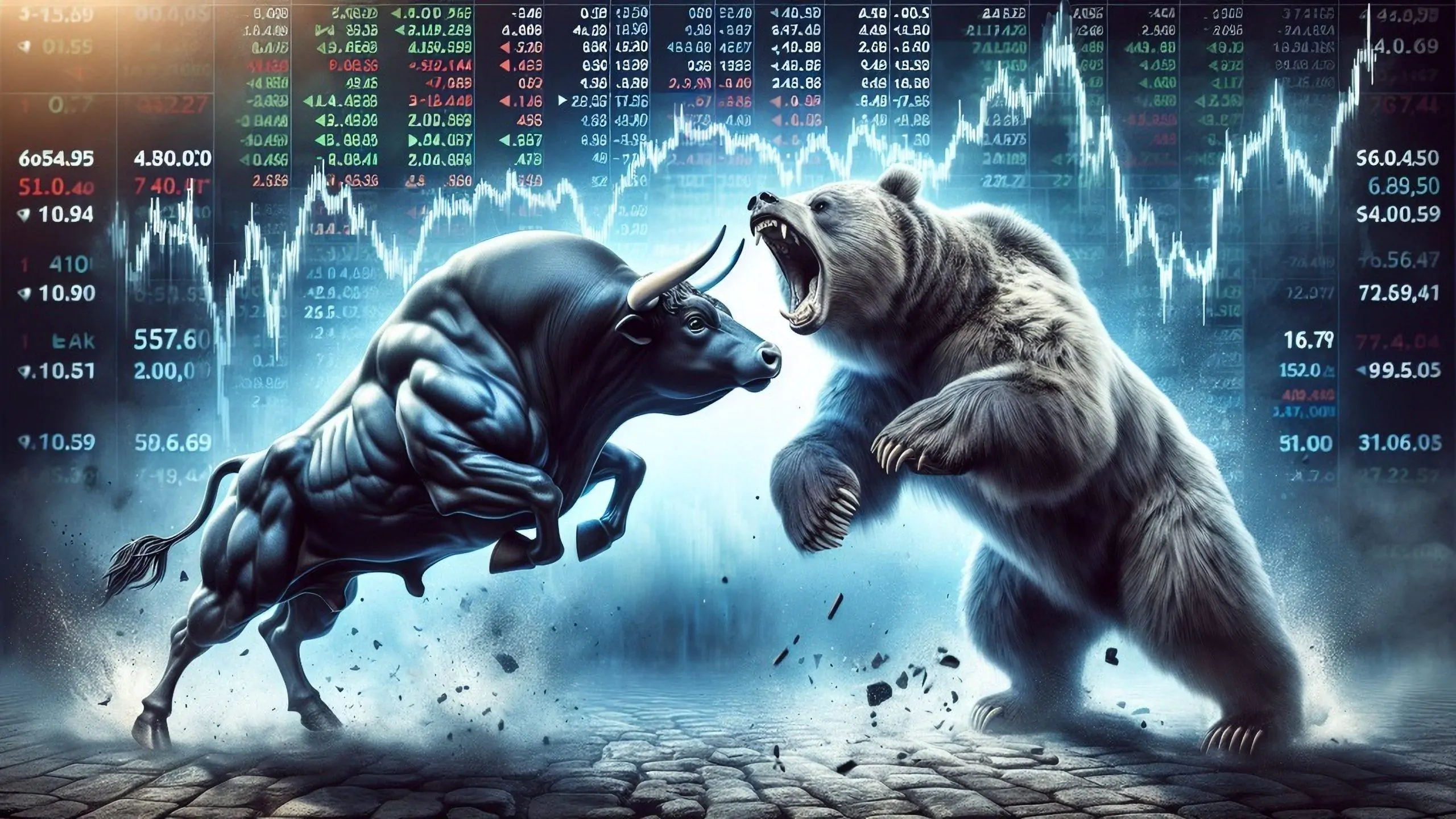Greece has made significant efforts to adopt a tax policy on crypto assets as the use of cryptocurrencies grows globally. In January 2025, the Greek government introduced new tax regulations for cryptocurrency transactions.
19.09.2024

When dealing with cryptocurrencies and global stock markets, bears and bulls represent the most crucial Sunday trends and sentiment. These two words are very clear and precise metaphors for the two market conditions that traders and investors rely on. Bull has horns pointing upwards, symbolising an upward price trend, while ‘bear’ is the opposite, indicating a general decline in prices. Understanding the main factors that lead to both market conditions and learning how to deal with them is essential for successful trading, especially in the volatile cryptocurrency markets. In general, bull and bear markets represent price increases or decreases of 20% or more from a previous position. Therefore, you’ll need to implement different trading strategies once you’ve determined which stage you’re in. Bulls aim to maximise profits as the market rises, while bears aim to minimise losses and keep assets safe.
Identifying Bulls and Bears in the Market
The overall bullish and bearish market dynamics shape the entire trading landscape as it is. Both bulls and bears reflect market sentiment: bulls show a general sense of optimism, driving price increases and confidence in the stock market, as many people tend to invest during this phase of the market. Bears reflect pessimism and a general fall in prices, when stock prices fall even further. Understanding the specifics of these bullish and bearish trends is crucial for market analysis and investment strategies. Moreover, these two concepts are not just about simple strategy. They reflect the emotional state of traders, which is the first factor that significantly affects their actions. There is a remarkable event known as “Bull Market Day”, which commemorates periods of sustained market expansion and prosperity.
The origin of the term “bear and bull”
The origins of these two terms are unclear. Despite the fact that they have a rich historical significance in the formulation of overall market conditions and price movements in global markets. The first mentions date back to the 19th century. The most common perception is that ‘bull’ and ‘bear’ refer to the way each animal actually attacks. The bull often thrusts its horns high into the air, reflecting the upward curve, while ‘bear’ refers to the animal’s giant paws, which tend to slide downward, symbolising a market in decline. However, there is another origin story that dates back to the 16th century, when middlemen would sell bearskins that they hadn’t yet received. They were simply speculating on the future purchase price from the trappers. In 1709, Richard Steele, the editor of the Tatler, defined a “bear” as a person who attaches a real value to an imaginary object and thus “sells a bear”. All in all, these terms provide a very clear picture of different market trends. Originating from 17th century speculation on the London Stock Exchange, bears and bulls are the cornerstones of the classic financial lexicon.
Contrasting bullish vs bearish tendencies
In financial markets, crypto bull market and crypto bear market are the two opposing forces that influence price movements, different strategies and expectations, and overall market sentiment. The ‘bull’ market is a rising market, usually characterised by gains of 20% or more for all the classic stock market indices, including the Dow Jones Industrial Average or the S&P 500. The downtrend is characterised by pessimism and an expectation that prices will fall. During the ‘bear’ phase, major stock market indices generally fall by the same 20%. Bears tend to sell falling assets, profiting from the general decline, and then buy them back at a lower price. Bull markets, with their general upward trend and optimism, aim to profit when prices rise and buy assets that are growing rapidly.
Bull and bear markets are based on opposite predictions and emotions. Bears reflect deteriorating economic conditions and declines in specific market sectors, while bulls anticipate recovery and growth. This dynamic affects price volatility and drives both up and down trends, creating ongoing market tension.
Distinct Investment Approaches and Strategies
The different perspectives of bulls and bears are reflected in their investment approaches and trading strategies. In the cryptocurrency market, these principles are quite similar. However, one should keep in mind the more volatile and innovative nature of crypto assets. In this market, you need to consider more internal and external factors that influence the price and always diversify the risks by investing more in stablecoins than in super volatile assets.
Choosing Between Bullish and Bearish Strategies
Choosing a bullish or bearish strategy in financial markets depends on current market conditions, investor strategies, risk tolerance and how early/late the trend is. Bulls and bears in global equity markets are contrasting strategies. In a bull market, it would be ideal to buy shares early in the trend and sell them at the top. This strategy is particularly relevant during events such as Bull Market Day, which highlights the perfect conditions for asset growth. So if you’re a crypto-tolerant investor with a strong belief in the bullish trend, this is your time to shine.
On the other hand, the bear market is more dangerous as the chances of losses are very high. You can never predict the price drop to ten percent and the end is not clear. That’s why it’s better to go short or invest in fixed income. In the volatile world of digital assets, cryptocurrency bears and bulls follow these principles. Conservative, bearish investors aim to minimise losses during periods of instability.
To choose a side, you need to analyse the current up and down trends. Some traders use both the rise and fall of the market to adjust their strategies according to market conditions. Ultimately, the choice depends on individual goals, timing and the level of risk the investor is willing to accept.
Conclusion
Bears and bulls are important figures in the market and influence its direction. A bearish trend is associated with a decrease in price, while a bullish trend is associated with an increase in price. Understanding their roles and strategies will help traders make informed decisions in cryptocurrency and traditional forex. This information is especially important during large price movements such as the Bull Market Day. Ultimately, a thorough understanding of bears and bulls will allow traders to adapt well to market changes and choose effective trading strategies.




